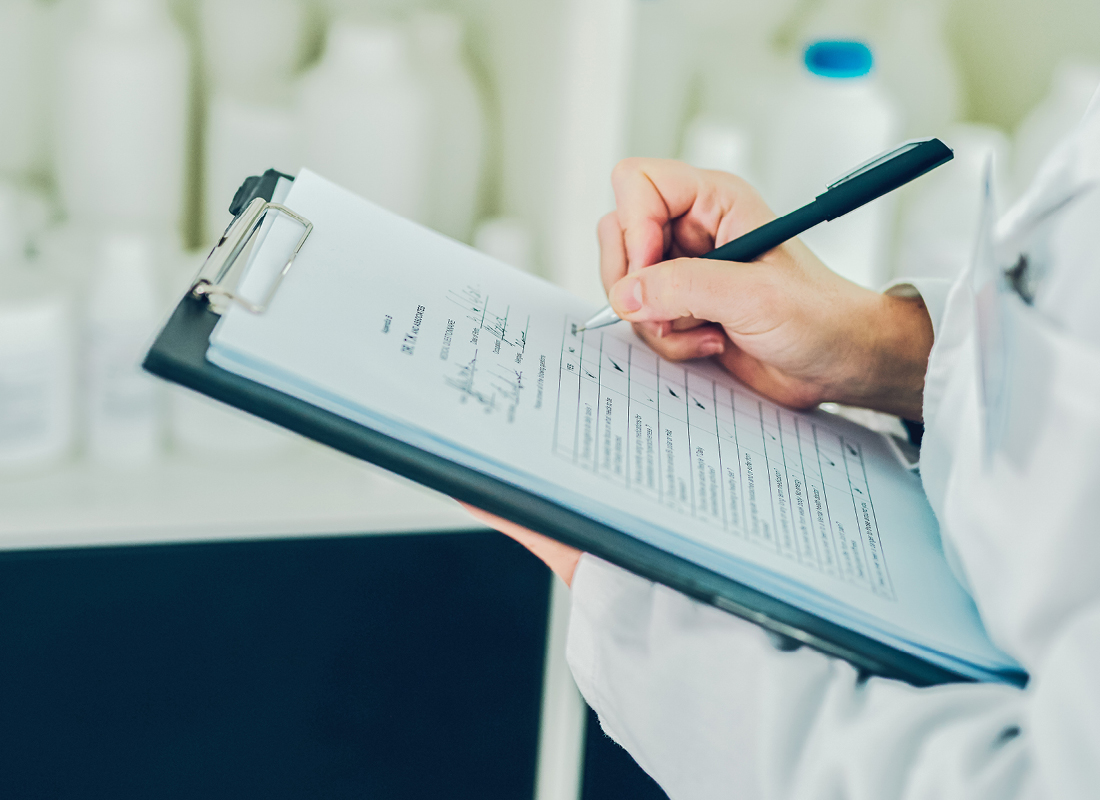Global Lab Network Expands Measles, Rubella Surveillance Capacity
From - Diagnostic Testing & Emerging Technologies From 2010 to 2015 the Global Measles and Rubella Laboratory Network (GMRLN) substantially increased its capacity to provide real-time disease surveillance and… . . . read more

By Lori Solomon, Editor, Diagnostic Testing & Emerging Technologies
From 2010 to 2015 the Global Measles and Rubella Laboratory Network (GMRLN) substantially increased its capacity to provide real-time disease surveillance and support global disease elimination efforts, according to a report published May 6 in Morbidity and Mortality Weekly. During this time period all regional laboratories in GMRLN, and many national laboratories, established molecular testing capabilities.
The World Health Organization (WHO) established the laboratory network in 2000 to provide high quality laboratory support for surveillance. Laboratory confirmation of suspected cases of measles and rubella is an essential component of surveillance efforts. GMRLN is the largest globally coordinated laboratory network, WHO says, with 703 laboratories supporting surveillance in 191 countries. The network has a multi-tiered structure, based on the design of the WHO Global Polio Laboratory Network. Since polio eradication is in sight, these assets are being transitioned toward measles and rubella elimination efforts.
In total there are 506 subnational and 180 national laboratories, which perform first-line laboratory testing required for case confirmation. There are 14 regional reference laboratories that provide confirmatory testing, proficiency testing, training, and support for genetic characterization of circulating wild-type viruses. Lastly, there are three global specialized laboratories that help to establish standardization of procedures and protocols, the development and validation of novel methods, and the provision of crucial reagents, supplies, and training to the rest of the network.
Surveillance capacity, including laboratory confirmation, is essential for global monitoring and disease elimination. From 2010 to 2015, WHO reports that 742,187 serum specimens were tested and 27,832 viral sequences (seven of the 24 recognized measles genotypes and five of the 13 recognized rubella virus genotypes) were reported globally from the GMRLN. By 2015, the number of laboratories that participated in the molecular proficiency-testing program increased to 90. Despite this increase, many countries are not reporting genotype data. WHO says that, among the 116 countries that reported laboratory-confirmed measles cases in 2015, 48 percent (n=56) reported measles virus genotype information, as did only 10 percent of the 106 countries that reported laboratory-confirmed rubella cases (n=11). While the increased molecular testing capacity is welcome, WHO says that long-standing shortages of human and financial resources remains a problem.
“In many countries, GMRLN laboratories provide a platform for strengthening overall laboratory capacity and surveillance for other vaccine-preventable diseases (VPDs), including yellow fever and Japanese encephalitis, and support detection and response activities during public health emergencies, such as those caused by the Ebola, chikungunya, dengue, and Zika viruses,” write the authors led by Mick Mulders, Ph.D., from WHO. “Further integration of surveillance for other VPDs, including rotavirus diarrhea, is feasible and will help sustain the investments made in establishing and building GMRLN capacity.”
Subscribe to Clinical Diagnostics Insider to view
Start a Free Trial for immediate access to this article